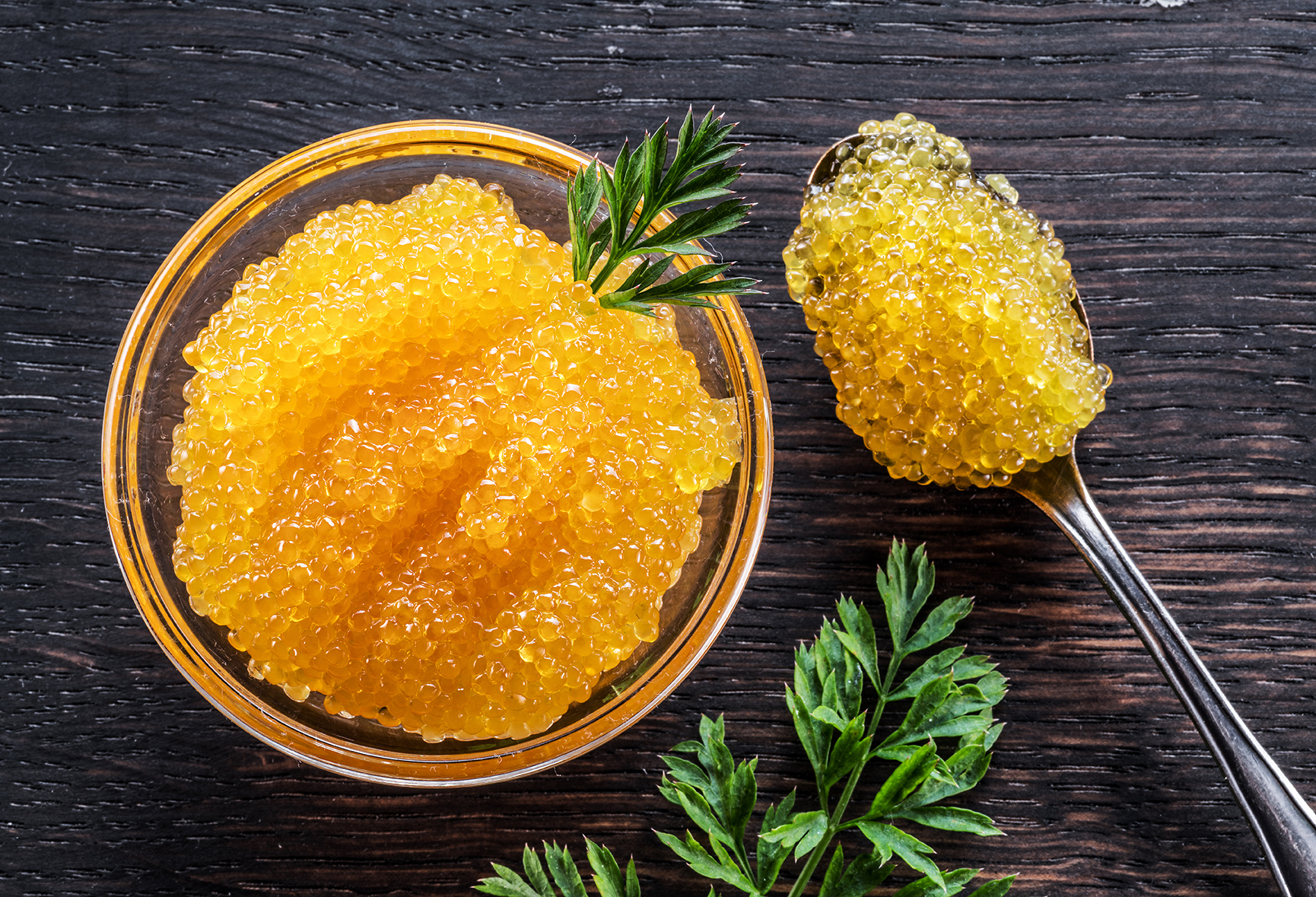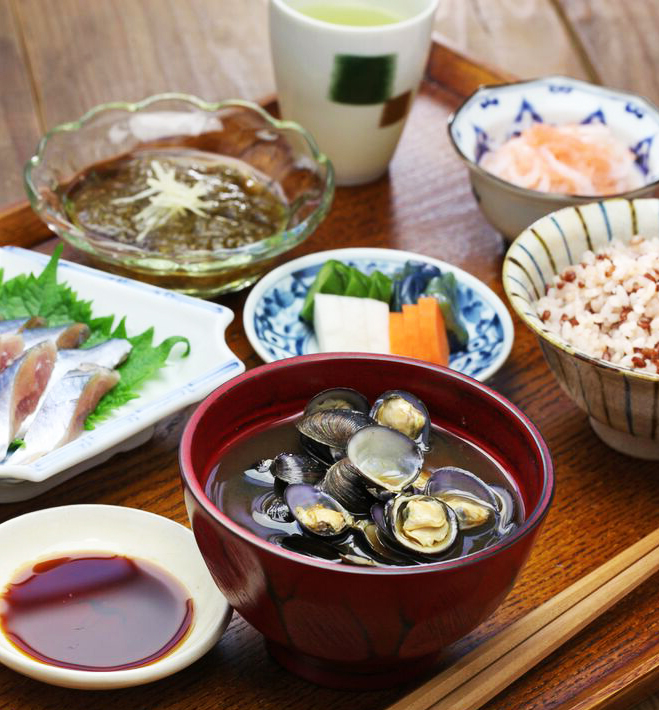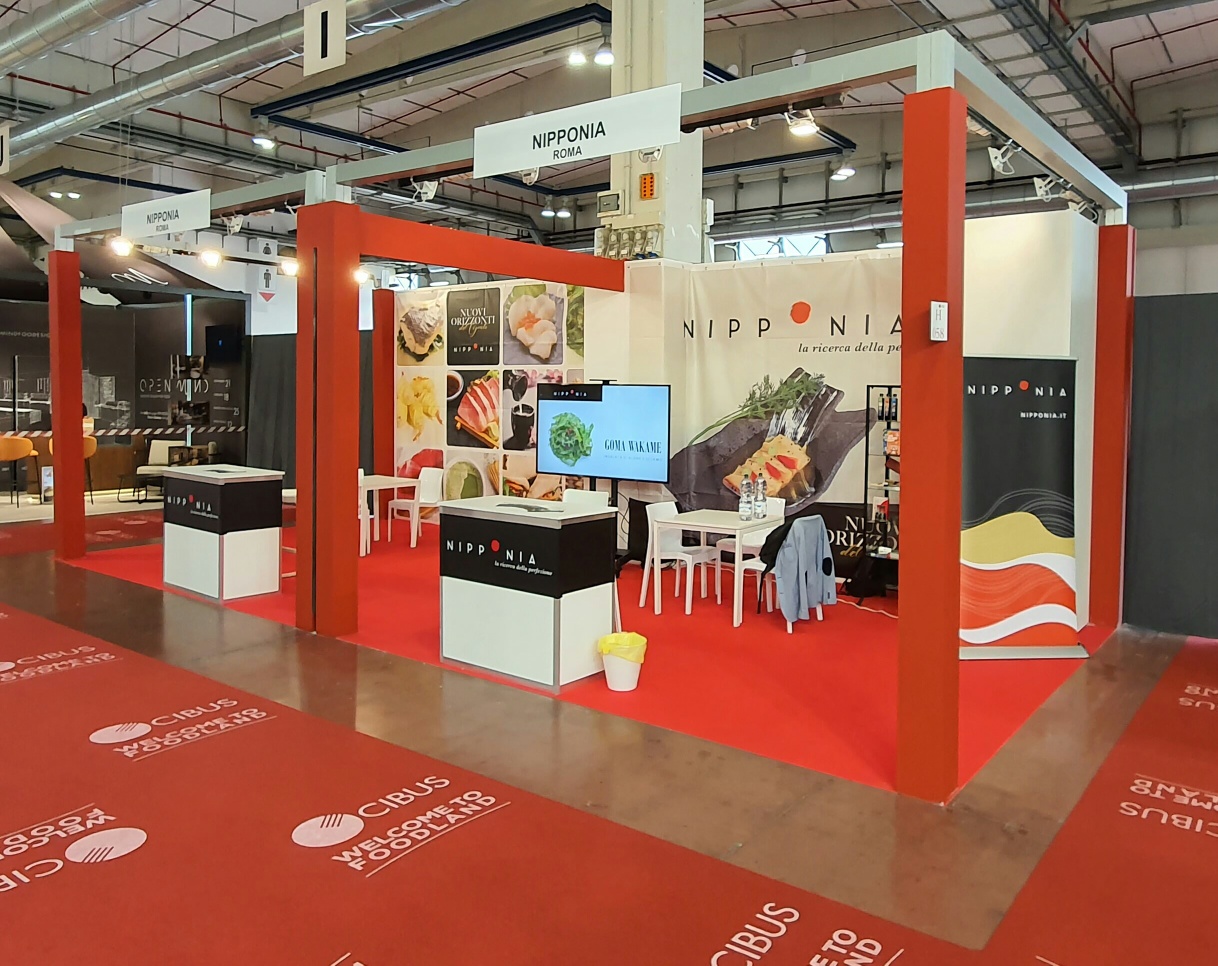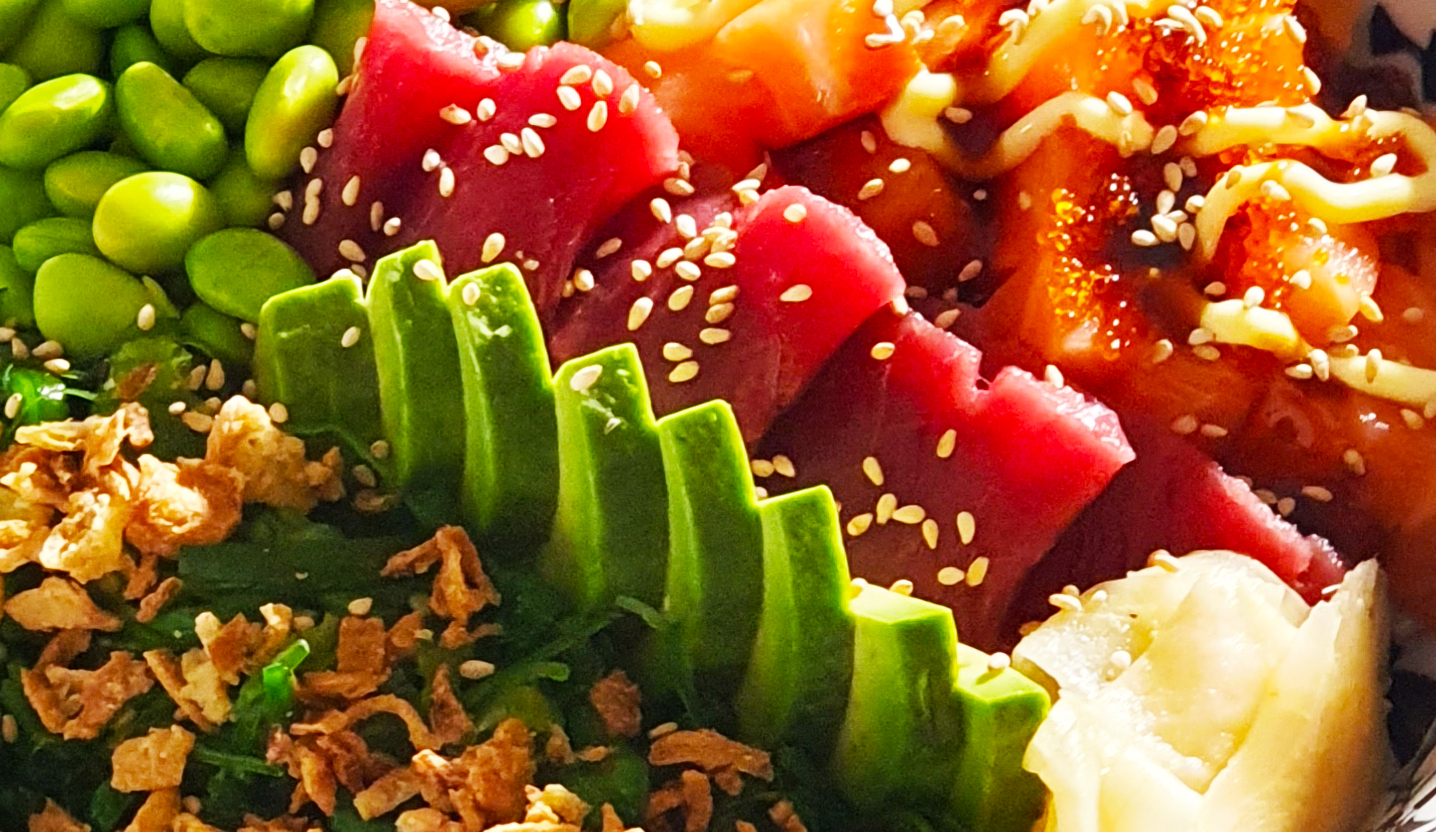Japanese knives, the characteristics that make them unique
The first thing that comes to mind when thinking of Japanese knives is their razor-sharp blade, durability, and quality.
The origins of Japanese kitchen knife production are in the city of Sakai begun about the 15th century by a group of blacksmiths who until then had made swords for the Samurai and other types of knives.
The city of Sakai was considered the Venice of the East precisely because it was at the center of trade between Japan, China and South Asia, and the origin of Sakai knives is traced back to the construction of the Nintoku Mausoleum, the Japanese emperor.
The knives produced by blacksmiths at that time were mainly used for cutting tobacco and became a symbol and typical Sakai production, but later with the decrease in demand for this type of product they began to devote themselves to the production of kitchen knives, which are still used all over the world today.
But what are the characteristics of Japanese knives?
Japanese professional knives generally have a traditional wooden handle that provides a non-slip grip and is more comfortable to the touch.
The distinguishing feature that sets Japanese knives apart from Western knives, however, is the type of blade, the former in fact present The angle of attack of the thinner blade with a single bevel, very similar to the edge of a razor, while Western blades have a greater angle due to the double bevel. Japanese knives therefore manage to have a thin and precise cut while damaging fewer cell membranes during cutting, managing to best preserve the organoleptic characteristics of foods with the typical “dry” cut.
Japanese blades are also characterized by the softness of the steel which facilitates their sharpening through the use of abrasive stones, a solution not possible with Western knives made of classic stainless steel which require sharpening with mechanical grinding wheels. Mild steel is due to a lower amount of carbon in the ferrous alloy, a characteristic that makes it soft and easy to sharpen; on the other hand, it exposes it to easier oxidation.
For this reason, traditional Japanese blades should be kept very carefully in a dry environment to avoid rusting. In any case, even if through carelessness the blade is left to moisture and should oxidize, with a few inches of thin sandpaper, a little water and elbow grease, you can restore the steel to practically as good as new.
Chu Toshi Knife Sharpening Stone With Stand
The types of knives:
Each Japanese knife is designed and created for a specific preparation, each blade is in fact made according to the type of food it will have to process, not necessarily for making Japanese recipes as one might think but also for Western ones.
SANTOKU:
The Japanese Santoku knife is the most versatile of all, an all-purpose knife perfect for cutting , chopping, and slicing the “three virtues”: meat, fish, and vegetables. The length of the blade usually ranges from 16 to 18 cm, sharpened on both sides it has a flat edge used for beating, softening and allowing food to slide without sticking.
DEBA:
Yamawaki Deba Professional Japanese Knife
These types of knives have a wide, thick blade with a significant weight that enables them to fillet fish and if necessary split the larger bones; the single edge blade, thus sharpened only on one side with sharper angles on the edges, allows the cutting of products that are harder but at the same time require greater skill in their use.
Designed for filleting fish, it can also be used for meat. Most Deba knives usually range from 15 to 21cm in length and are made of pure steel.
YANAGIBA / SHOBU:
Sakai Takayuki Shobu Japanese Sashimi Knife
This is a long-bladed knife used for sushi and sashimi preparation. The blades can reach up to 30 cm and feature a tapered single-edged shape perfect for filleting and obtaining precise, wafer-thin cuts of raw fish while preserving flavor and texture.
GYUTO:
The Gyuto knife is the Eastern version of the classic Western chef’s knife, with a long, thin blade that can range from 21 to 27 cm. Used for cutting vegetables, meat or fish, it is an extremely cross-cutting and multipurpose knife.
PETTY:
Yamawaki Wa-Petty Damascus Knife
The petty, which is smaller than its predecessors, is a lightweight and balanced multipurpose professional knife that is particularly suitable for processing fruits and vegetables due to its blade ranging from 8 to 15 cm.
NAKIRI/ USUBA:
Sakai Takayuki Usuba Japanese Vegetable Knife
The Nakiri or Usuba, the latter heavier and sturdier than the former, are classic Japanese vegetable knives perfect for slicing, chopping, and mincing. The blade is rounded and sharpened on one side particularly sharp and precise. Sandblasting the blade makes it satin-finished, preventing food from sticking, and the length usually ranges from 12 to 18 cm.
For further information and/or questions, please feel free to contact us by email: info@sushi-sushi.it we will be happy to assist you as soon as possible.




